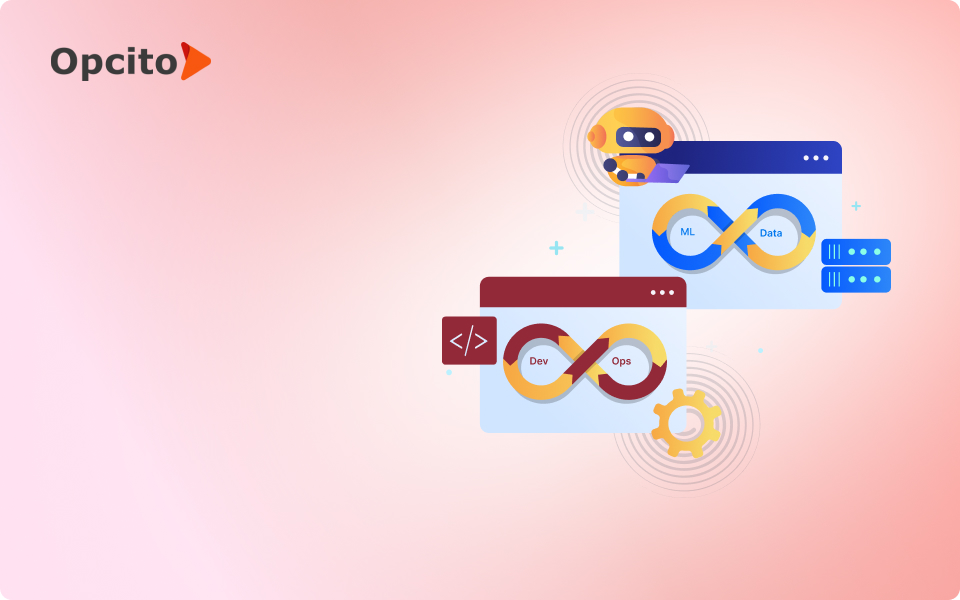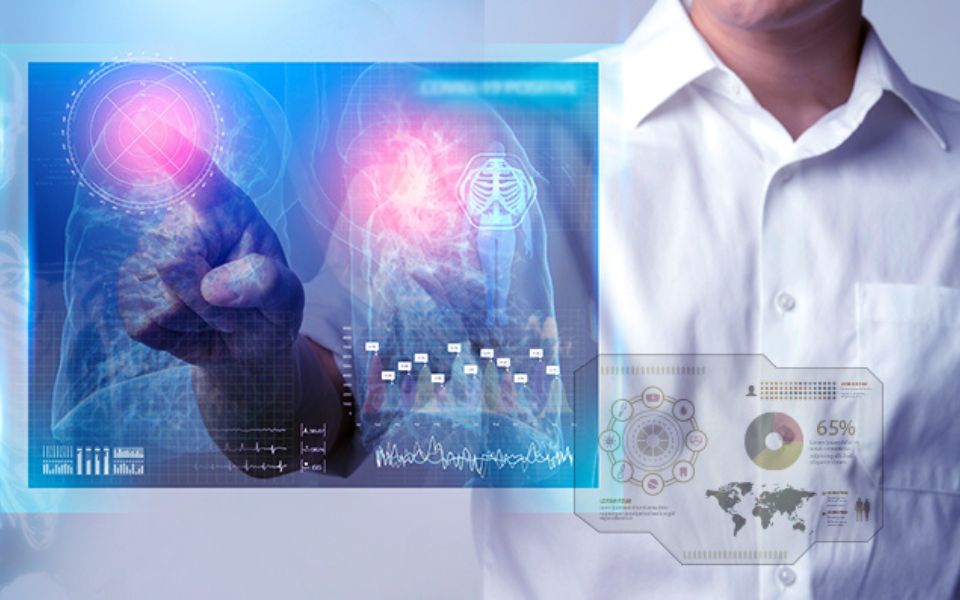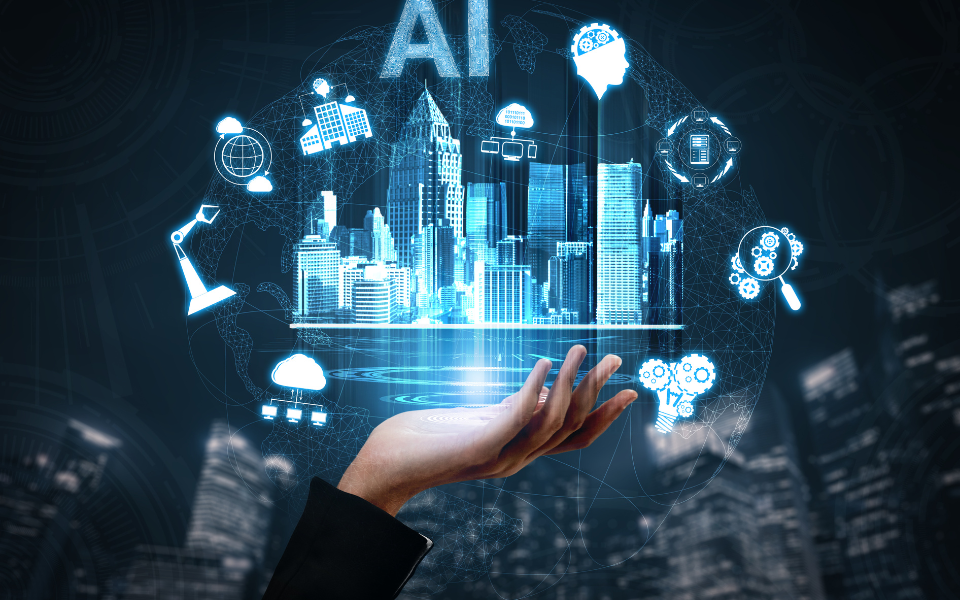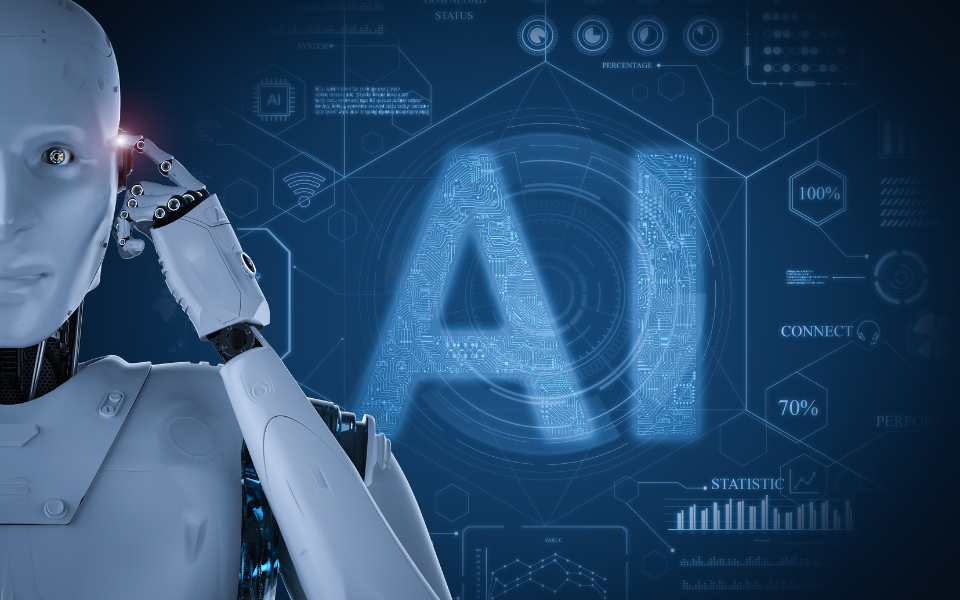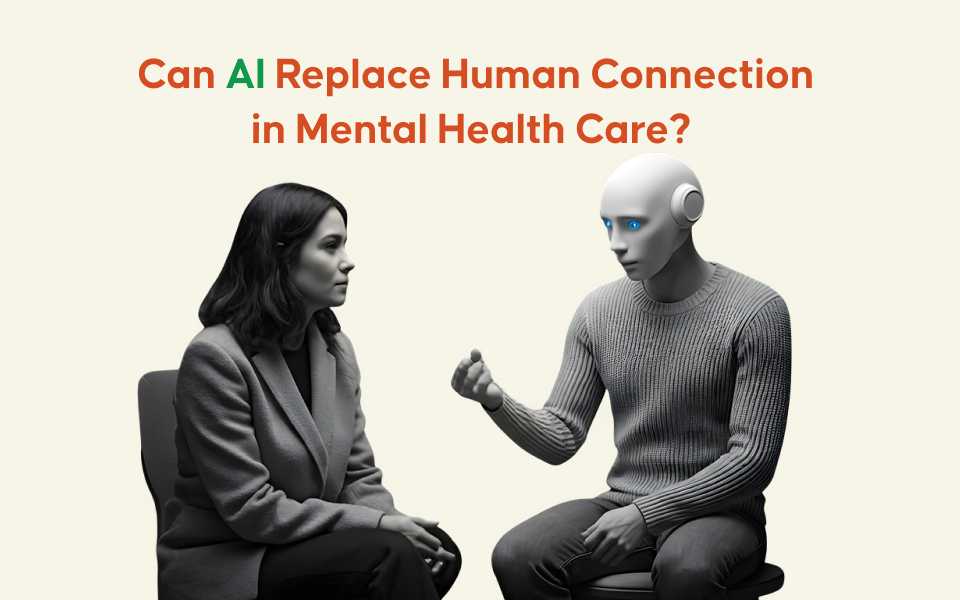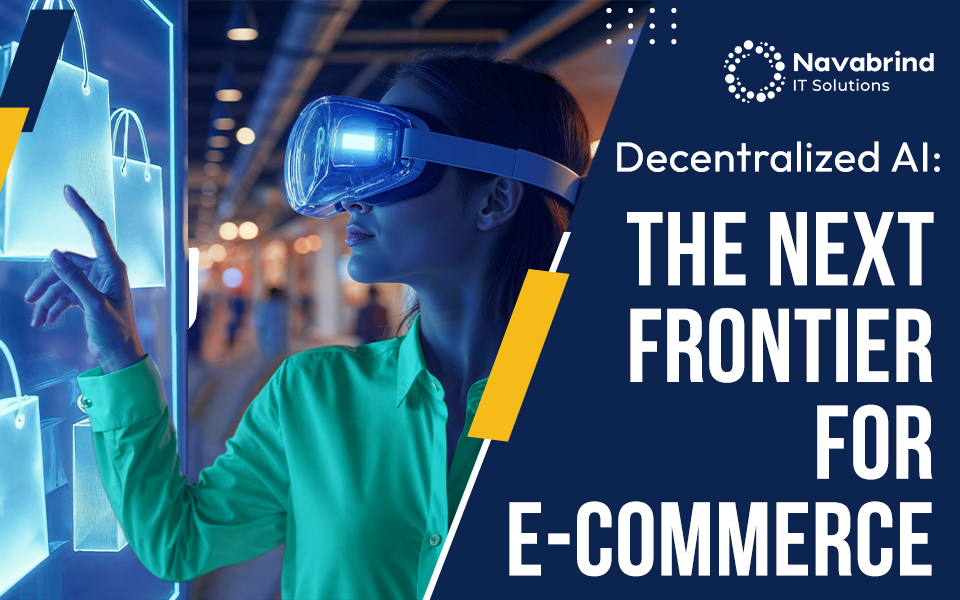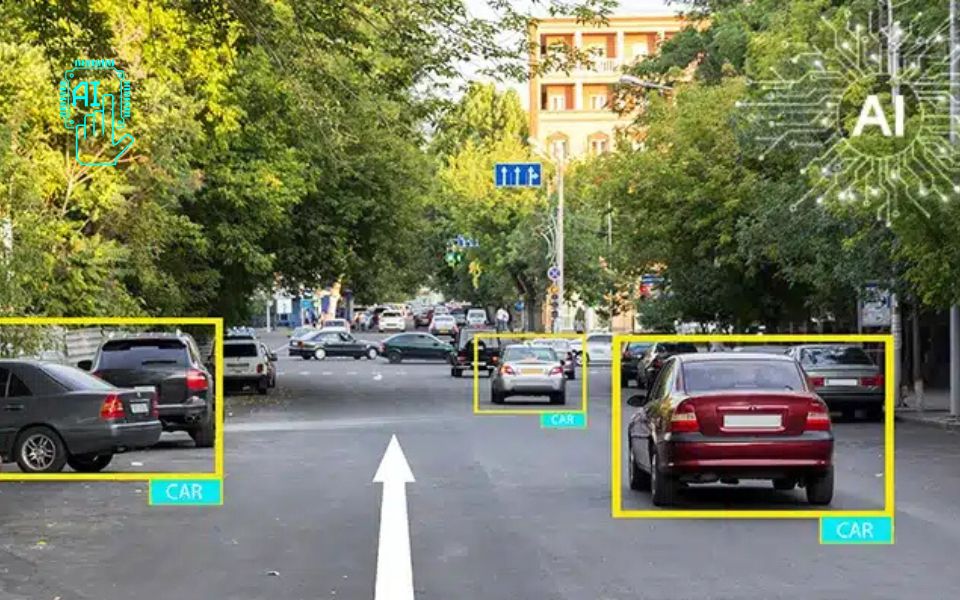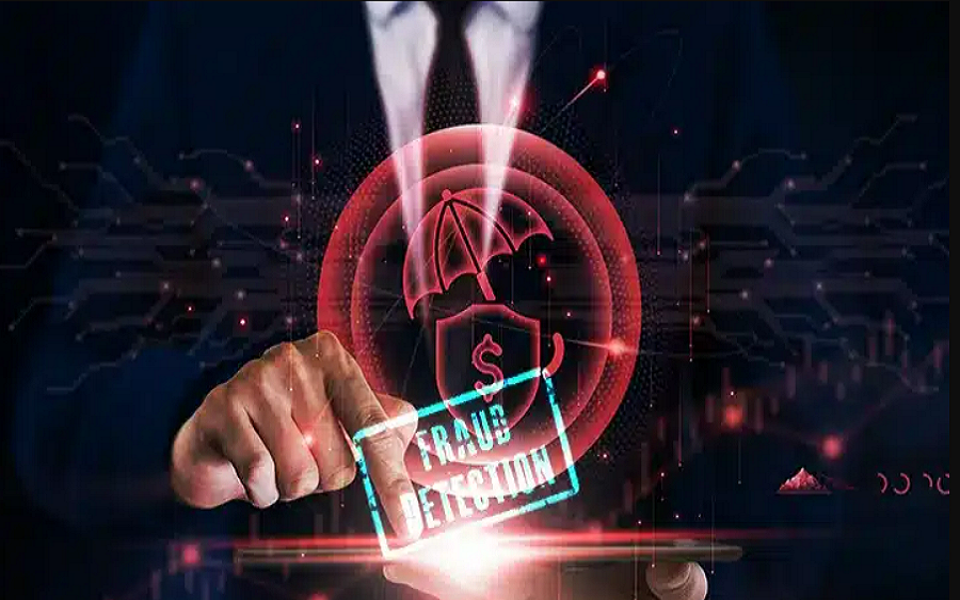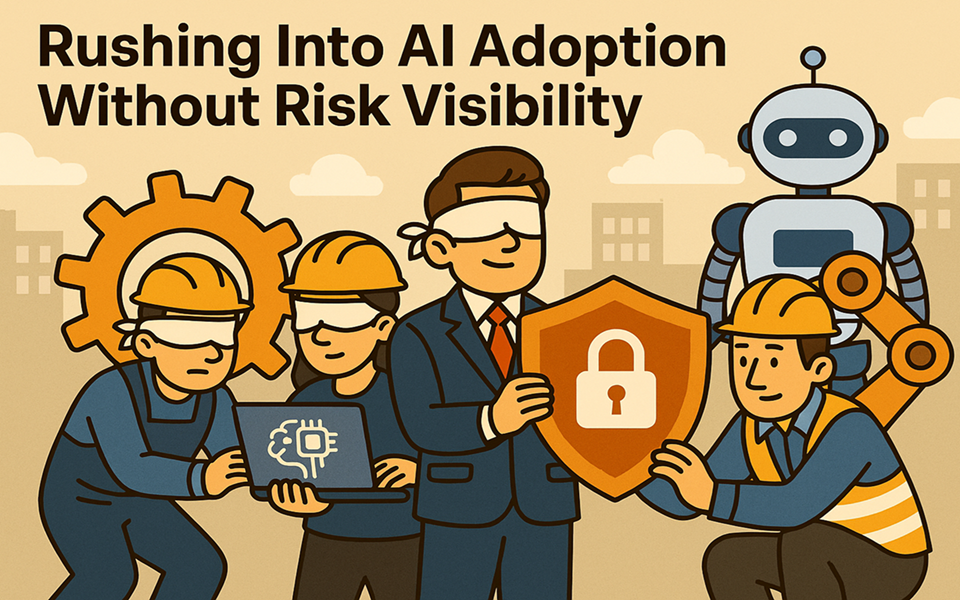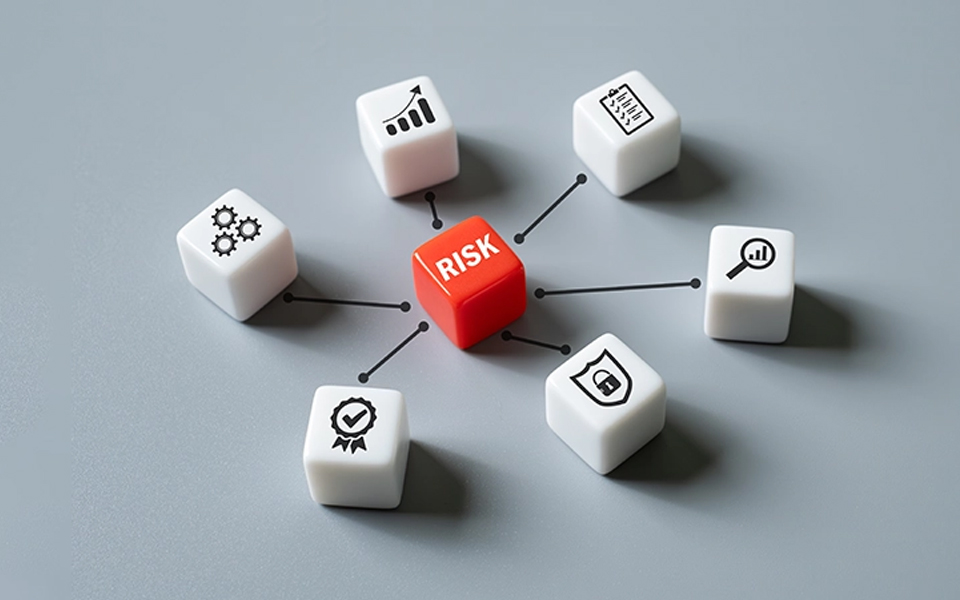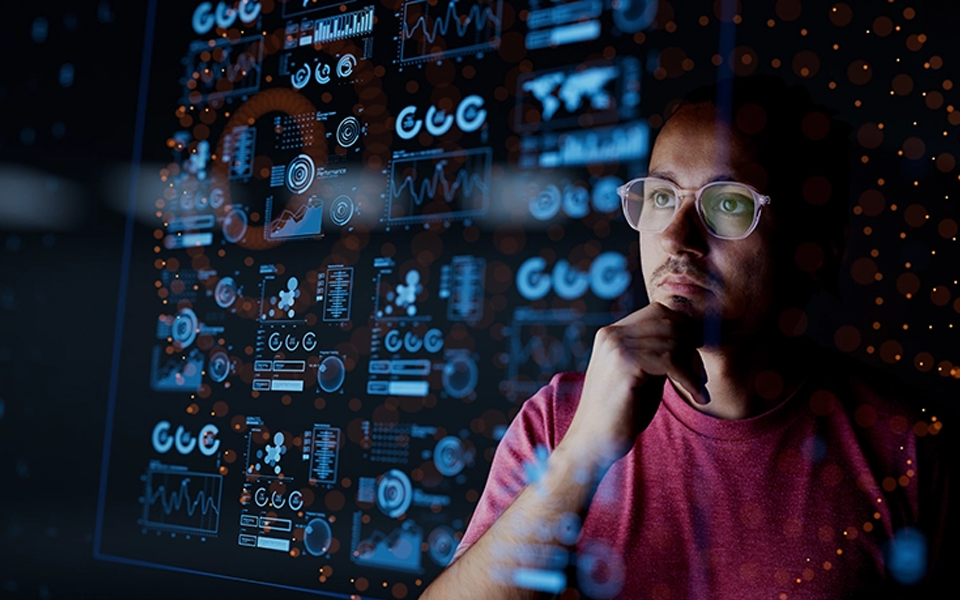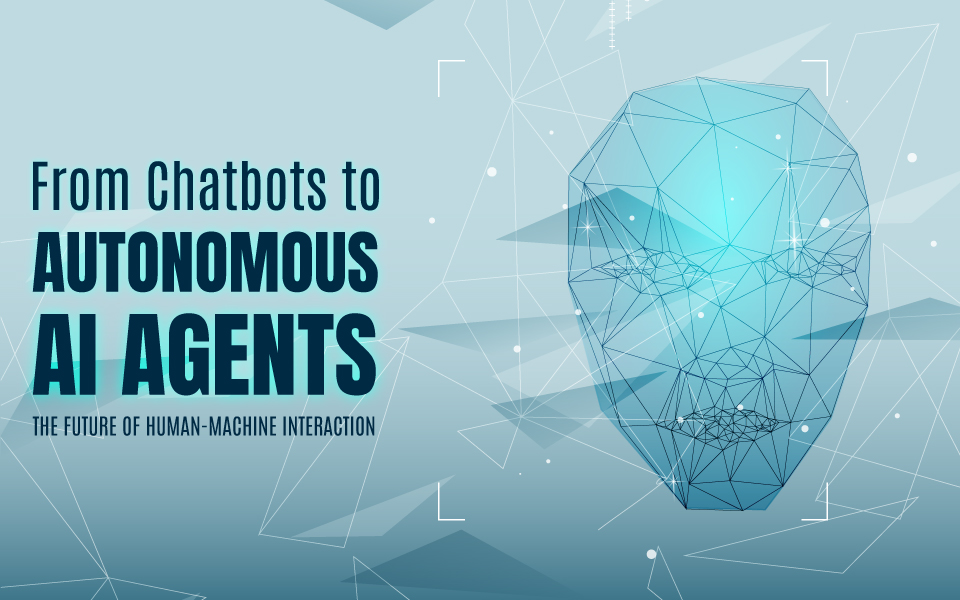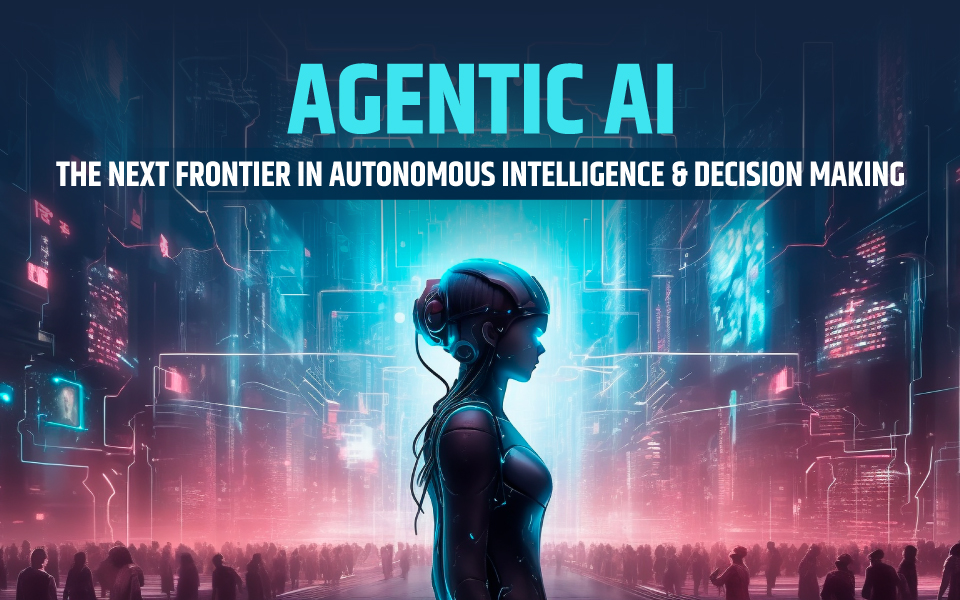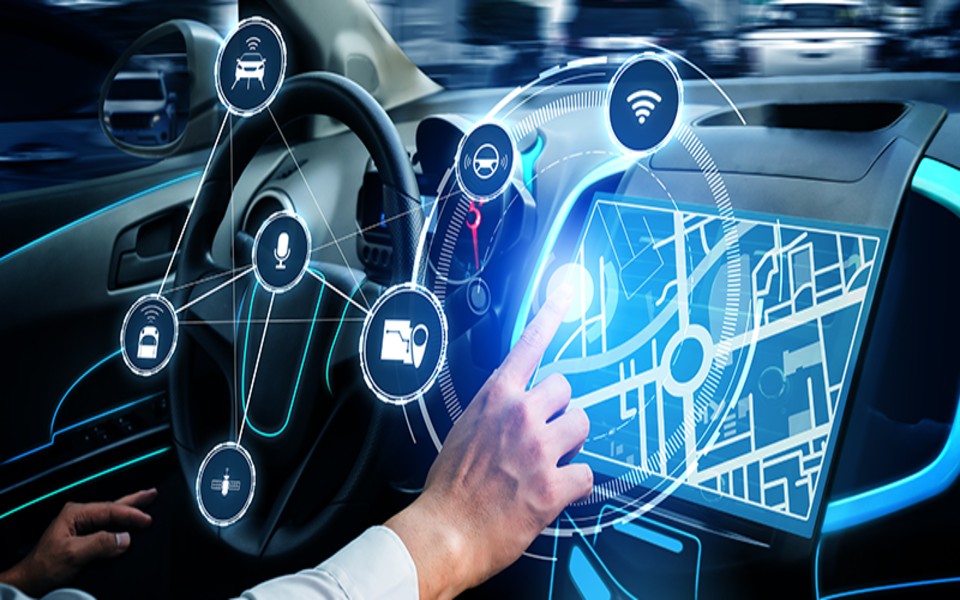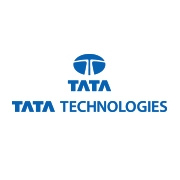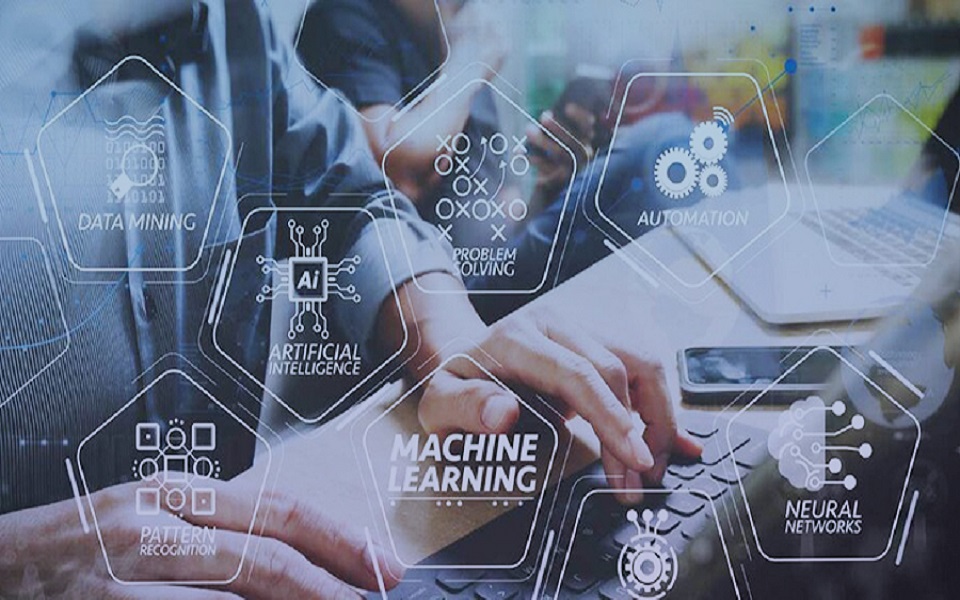Did you know that cardiovascular diseases in India have increased from 1.3 million in 1990 to 2.8 million in 2016? To complicate matters further, the symptoms of a heart attack can be as simple as back pain, arm pain, chest pain, and is usually misdiagnosed. That is why the first action when a heart attack occurs can make or break the situation!
Fortunately, the shortened time between the onset of the symptoms and getting to the ER has significantly reduced the deaths associated with heart attacks over a decade.
For instance, a 45-year old bus conductor in Bangalore walked into a local clinic, experiencing chest pains. Within a matter of six minutes, he was diagnosed with Myocardial Infarction, commonly known as a heart attack, and was rushed to the Operating Theatre. This “Six Minutes” was the crucial time window that saved the man’s life and it was made possible with the help of Tricog Health’s flagship product, the portable ECG device known as the InstaECG.
Tricog was started in 2015 to help doctors save more lives by providing a system for fast and accurate diagnosis of ECGs, powered by AI and medical experts. The accurate ECG diagnosis is provided within a few minutes of taking the ECG at the centers, and the reports can be delivered at such speeds by combining the best of physicians working in tandem with the state-of-art IoT technology and advanced AI algorithms.
What is Tricog Solving?
Cardiovascular diseases are one of the leading causes of mortality in India. CVDs are also the fastest growing chronic illnesses in India [3]. Specific lifestyle changes, improper eating habits, and rising stress levels are a few of the things to blame on.
Electrocardiograms (ECGs) are the primary means of diagnosing severe heart conditions like heart attacks. While ECG diagnoses are a fair way to tackle this problem, reading these ECGs requires the skills of a cardiologist or an experienced physician. Unfortunately, for every million people, there are only 3 cardiologists in India. In 2014 alone, 5 million Indians suffered from heart attacks, out of which 3 million failed to survive.
In medical circles, the term “golden hour” refers to the critical one-hour window starting from the time the symptoms show to the time where the patient should receive medical attention. A delay in medical care can significantly increase the risk of mortality and permanent damage to the heart. However, the likelihood of surviving a heart attack is more than 80% if action is taken in the first two hours of experiencing the symptoms. In India, it takes about 6 hours to ensure a patient experiencing the symptoms of a cardiac episode receives the care he/she needs urgently. Treatment within this golden hour is essential, and it has significantly improved clinical outcomes in the developed world.
Although hospitals all over the country have adequate facilities and expertise for the treatment of cardiac disease, early disease detection remains a challenge. Therefore, timely intervention and diagnosis using a simple ECG can go a long way in saving lives.
Tricog’s solution consists of cloud-connected ECG machines placed at various centers, which steadily keep pushing ECGs to the Tricog Cloud where proprietary algorithms first analyse ECGs and provide preliminary interpretation for verification by the in-house specialist team. These AI based algorithms aid their in-house medical team to provide the cardiologist verified ECG interpretation within a few minutes.
What is the Current Scenario?
The challenges of accuracy in ECG analysis top the list currently. High-end ECG machines have in-built analysis algorithms, but their algorithms have limited accuracy, especially when it comes to identifying heart attacks. This accuracy problem can be addressed by taking the ECG to the cardiologists or heart specialists later, but this leads to delayed diagnosis.
To solve the problem of late diagnosis, the images of the ECGs are taken and sent by technicians via email or WhatsApp. While these attempts can save time, it affects the accuracy level.
There is no systematic process in place to deliver the results of an ECG quickly, efficiently, and accurately.
How is Tricog Solving the Problem?
The high-end 12-lead ECG is taken by physically placing the 10 electrodes on the specific points on the patient’s body. These electrodes record the electrical voltages for 10 seconds. The resulting data is converted to 12 concurrent voltage streams, all representing the heart’s electrical activity.
The ECG machine, when connected to the Tricog’s communicator (the entire system is called InstaECG), makes the transmission of ECG data over standard 2G/3G and 4G WiFi networks to the Tricog ECG Cloud possible. The proprietary algorithms (in the cloud) and the in-house team of cardiac specialists interpret the data and return the analysis to medical centers via SMS, App Notification and Email in a matter of minutes.
To be more specific, initially the Turnaround Time (TAT) was 10 minutes, but with the combination of machine learning, UI design, and algorithmic support, it was reduced by 20 times. Turnaround Time or TAT is the time between receiving the ECG on Tricog servers and the final report being released.
This system has enabled Tricog to create a network of 2,000 ECG diagnosis points at clinics, hospitals, and diagnostic centres across India. The data collected has allowed Tricog to develop a data store of over 2 million ECGs, exhibiting 200+ cardiac conditions.
Currently, the algorithms in the Tricog AI engine have reached sufficient maturity levels to accurately analyse most ECGs, improving the efficiency of the medical team. In case of any errors in reading by the algorithms, the in-house team intervenes and corrects the diagnosis. Hence, the remote centres always have the right diagnosis, while the algorithm learns and improves its precision levels.
How does the Tricog AI Engine work?
The AI Engine does two things:
- Check the subset of more than 200 possible conditions present in the ECG and provide evidence to support the diagnosis. This dataset is highly skewed as different conditions occur with different frequencies, and the sub dataset also varies significantly. The direct result of the skewed nature of the distribution means the optimal algorithmic approach for each condition is very different and changes with time as more data gets added.
- The engine uses a range of methods, including signal processing and rule-based engines, probabilistic neural networks (PNNs) and one-dimensional Convolutional Neural Networks (CNNs). The base layer of signal processing algorithms makes the basic measurements and feature engineering necessary for providing evidence to physicians. Outputs are used by the PNN and CNN-based beat classifiers. ResNet-based CNN architectures using multi-lead ECG signals are used for heart attacks or Acute Myocardial Infarction (ACUMI) detection. Similar architectures trained with single-lead ECG signals was found to give superior performance for detecting episodes of Atrial Fibrillation and Ventricular Fibrillation.
The AI engine uses a combination of C++ (for computationally intensive operations), Python and Tensorflow for implementing the signal processing modules and the Machine learning and Deep Learning pipelines.
The Tricog in-house medical team are the primary users of the Tricog AI platform and use a dual-monitor client application providing detailed information about the ECG including graphs, patient information, AI diagnosis, measurements, and annotations. A preliminary diagnosis provided by the AI engine consists of diagnosis codes and associated textual descriptions, and supporting measurements and highlights of various sections of the ECG deemed abnormal. In-house cardiologists verify the diagnosis and approve the ECG report with a single click. The software translates this information into SMS messages and preformatted emails and pushes it to the Tricog app as well. The client application communicates on the backend with the Tricog Cloud server and the AI algorithm server. The 24/7 Tricog service has always used a combination of in-house cardiac specialists working closely with the AI engine outputs.
What makes Tricog’s Approach Different from the Traditional One?
Traditionally automated ECG diagnosis is done using fixed signal processing algorithms, which is built within the ECG machine. However, when the data was moved to the Cloud, specific changes were observed:
- The computational resource constraint was removed
- The system improves with the availability of new data
- The algorithms could remain dynamic and change over time
- The aggregation of data allowed machine learning and deep learning approaches to be incorporated within the product
- The elaborate ECG viewing system allowed a lot more supplemental information to be shown to the cardiac specialists to aid in making the final diagnosis
The first set of algorithms were built on traditional signal processing approaches to deliver results with little data, but as data availability increased, the algorithms have been used with data-hungry machine learning approaches like deep learning to improve overall performance.
Over the last few years, Tricog has created a data store with over TWO million real-world ECGs exhibiting 200 cardiac conditions (which is rapidly growing every month), which in turn has allowed the use of newer machine learning and deep learning techniques to further improve the performance.
Apart from this, the Tricog solution is proven to be very accurate in detecting arrhythmias and picking up subtle changes in the cardiac activity. Cardiac arrhythmias are sporadic cardiac disturbances, which may not be picked up by episodic ECGs but can cause a stroke or cardiac arrest. The Tricog AI engine has been extended to create DeepRhythm, a platform to detect and analyse cardiac arrhythmias, which is currently pending FDA approval.
As a further matter, if an individual uses the Tricog platform for multiple ECGs, the algorithms can be developed to analyse serial ECGs to detect subtle changes in his/her cardiac activity and provide them with early warnings.
A Timeline of Technology Applied
Q4 2014 – Solution involving the IoT connected based ECG machines using Human Machine Hybrid Models of Diagnosis.
Q1 2015 – First version of Tricog deployed to 10 customers using a Human Only Version
Q4 2015 – First version of AI measurements incorporated into ECG viewer
Q2 2016 – First version of AI diagnosis and annotations incorporated into ECG viewer
Q4 2017 – Tricog AI algorithms surpass the accuracy of state-of-art FDA approved algorithms.
Q3 2018 – 1 million ECGs accurately diagnosed
Q4 2018 – Version of DeepRhythmTM submitted for FDA approval
Q2 2019 – 2 million ECGs accurately diagnosed
To Date, Tricog has analysed 2.3 million ECGs, 49% abnormal and 4% critical.
Many people lose their lives before they can seek any medical care since they either ignore their symptoms, or diagnose themselves in error with indigestion, fatigue, or other illnesses. Therefore, if you are unsure about your symptoms, it is always smart to seek medical help because nearing golden hour intervention is possible with AI now. All you have to do is visit the nearest medical centre and take a quick ECG.
Reference
[3]. See, e.g., Guha, S., et al. (2017). Cardiological Society of India: Position statement for the management of ST elevation myocardial infarction in India Indian Heart Journal. 69 S63–S97; Huffman, M.D. and Prabhakaan, D.J. (2010). Heart Failure: Epidemiology and prevention in India. Natl. Med. J. India. 23(5):283-288; Malik, P.K. and Dwivedi, S. (2015). Diabetes and cardiovascular diseases. JIMSA 28(1):61-63. 16 India State-Level Disease Burden Initiative CVD
Tricog Health was a winner of the NASSCOM Artificial Intelligence Game Changer Award 2018 & AI For Good, conducted by CoE DSAI in association with the Government of Karnataka.
This story is part of our ongoing series Innovate2Transform, where we bring to you innovators deconstruct a problem statement and how they applied technology to solve the problem.
For contributions, write to sindhuja@nasscom.in or pritha@nasscom.in
For more updates, follow NASSCOM CoE IoT-DSAI on LinkedIn, Twitter, Facebook, and Youtube






